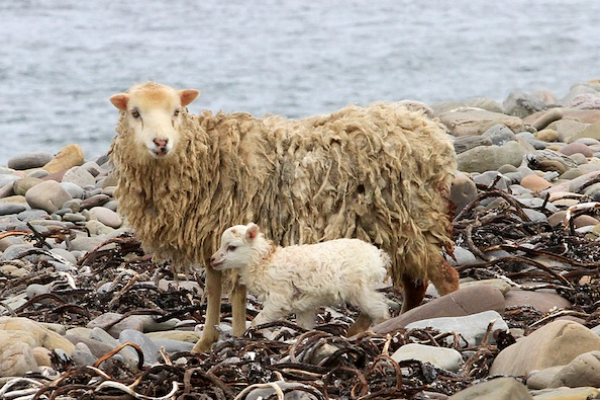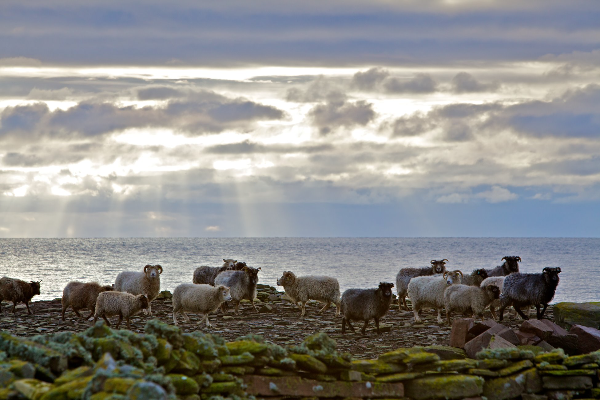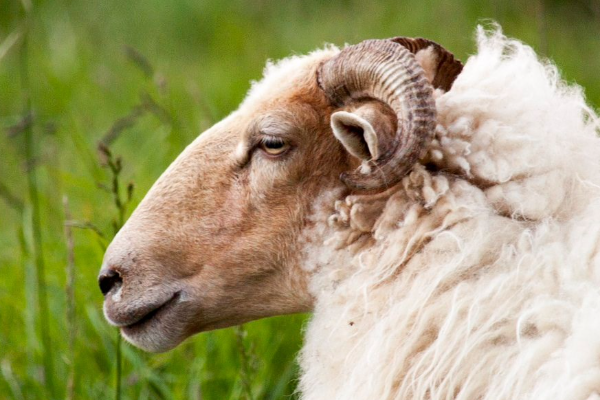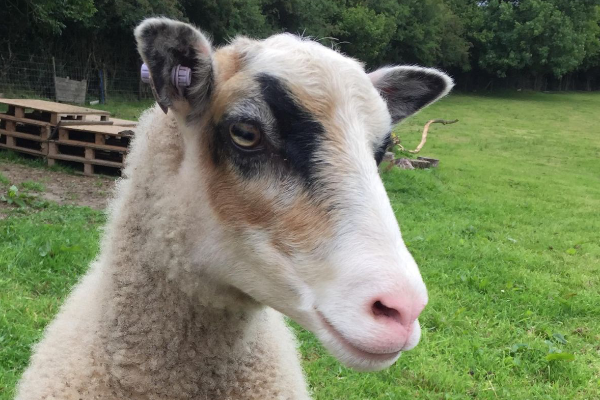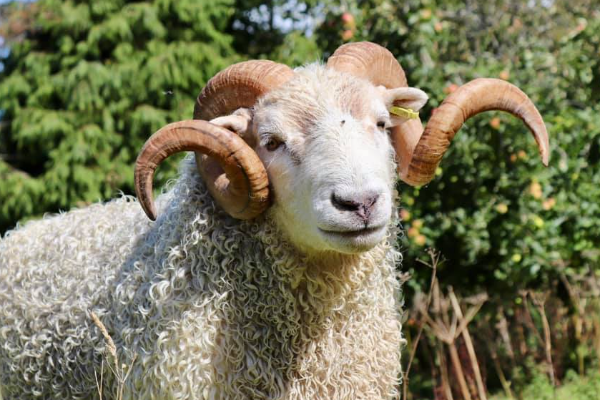North Ronaldsay Sheep
What is the history of the North Ronaldsay Sheep?
North Ronaldsay or Orkney is a type of sheep from North Ronaldsay, the northernmost island of Orkney on the north coast of Scotland.
The sheep come from Northern European short-tailed sheep. Their arrival in northern Ronaldsay is not known for certain, but may have been as early as the Iron Age, which would potentially make them the earliest ovine to arrive in England.
Due to their isolated location, they evolved from imported Roman and European breeds without much mixing.
The sheep breeding system in northern Ronaldsay is unique and has been in place since 1832. This wall was built in 1832 and since then the breed has evolved mainly to survive on seaweed. The Wall also reduced the chances of crossbreeding unintentionally. The wall surrounds the entire coast of the 19 km long island and is one of the largest dry stone walls in the world with a height of 1.8 meters.
North Ronaldsay's sheep live by the sea of the year around and are brought ashore better for just lambing.
North Ronaldsay lambs are born in grass between February and May. Meanwhile, the sheep are counted, the lambs are given ear tags, and the records are entered in the island's sheep court for ownership registration.
Shearing takes place in July and August and the entire island community is involved in the herding and slaughtering of sheep.
Slaughter occurs only when meat is needed in the winter, and in the winter, when the animals give fatter and more meat, as the moss is more abundant.
What are the characteristics of Northern Ronaldsay Sheep?
- The breed has the ability to survive in wet and windy conditions but is weak in height.
- Northern Ronaldsay sheep need quality and varied feed, they can benefit from shelter in winter.
- Anecdotal evidence suggests they have a level of resistance to foot bruises and fly attack.
- Northern Ronaldsay rams are horned and sheep can be horned, polled, or serrated.
- The North Ronaldsay double-furred breed comes in a variety of colors - animals can be white, gray, black, or moorite (brown).
- The Northern Ronaldsay sheep are descendants of the primitive European short-tailed sheep breed. As the noble parent's name suggests, they naturally have short tails.
- Northern Ronaldsay can produce lamb to the young. Percentages of lambing vary by location - 130-155% for lowland herds and less for wild flocks.
- Northern Ronaldsay Lambs are born very small, but they are alive and rise quickly.
What is the weight of mature Northern Ronaldsay Sheep?

Written by
H Cetin KATIRCI
Online ShepherdBreedsMore
IllnessesMore
Forage cropsMore
![]() Патологическая физиология голодания Arina TARAN
Патологическая физиология голодания Arina TARAN![]() Дефицит фосфора (гипофосфатемия) Hipofosfatemi Arina TARAN
Дефицит фосфора (гипофосфатемия) Hipofosfatemi Arina TARAN![]() Какие бывают кормораздатчики для ферм КРС? Irina Makarova
Какие бывают кормораздатчики для ферм КРС? Irina Makarova![]() Кормушки для овец Diana Myakisheva
Кормушки для овец Diana Myakisheva![]() Питание домашних коз: что едят, виды корма и правила кормления Alina Arslantürk
Питание домашних коз: что едят, виды корма и правила кормления Alina Arslantürk![]() Важность минералов питании сельскохозяйственных животных Irina Makarova
Важность минералов питании сельскохозяйственных животных Irina Makarova

